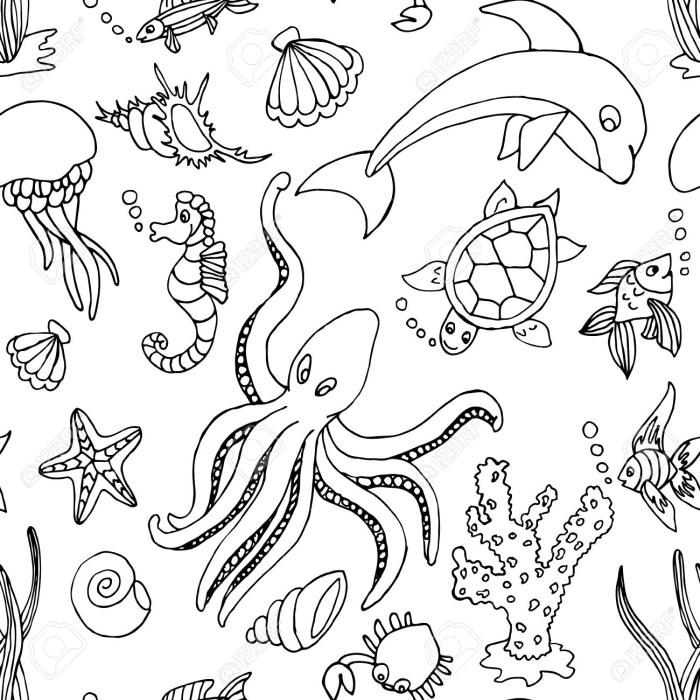Ever dreamt of bringing your favorite animals to life on paper? From cuddly pups to majestic lions, this guide will take you on a wild ride through the world of animal drawing. Whether you’re a total beginner or looking to sharpen your skills, we’ve got you covered.
We’ll break down the basics, explore realistic techniques, and even dive into the world of wild animal anatomy – all with easy-to-follow steps!
Get ready to unleash your inner artist and create amazing animal drawings that will impress your friends and family. This guide will walk you through everything you need to know, from mastering fundamental shapes to capturing those adorable pet expressions and the fierce energy of wild animals.
Grab your pencils, unleash your creativity, and let’s get drawing!
Fundamentals of Animal Drawing
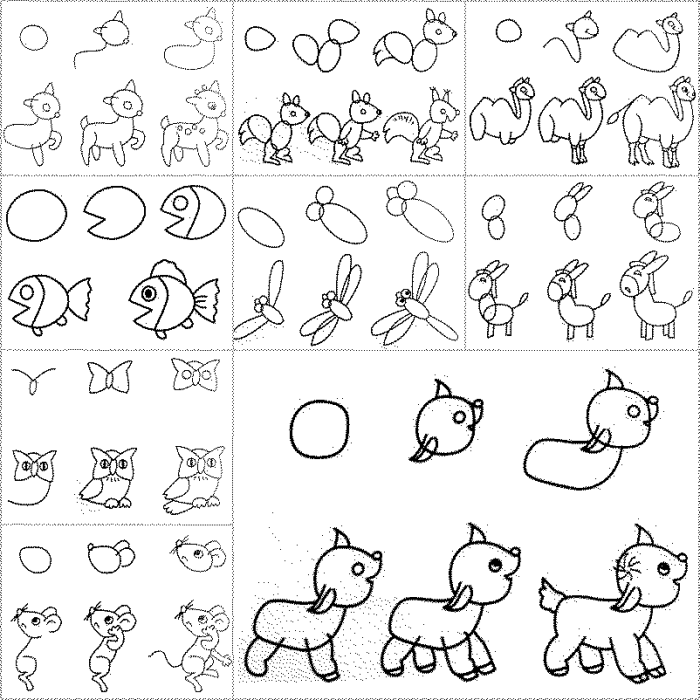
Drawing animals can be a fun and rewarding experience. Understanding the basic shapes and proportions of animals is key to creating realistic and expressive drawings. This section will guide you through the fundamentals of animal drawing, covering basic shapes, proportions, and techniques for capturing movement and expression.
Basic Shapes and Proportions
To draw animals accurately, it’s helpful to understand the underlying geometric shapes that make up their bodies.
- Dogs:Their bodies are typically rectangular, with a long torso, four legs, and a head that is slightly wider than it is tall. The head is often divided into thirds, with the eyes at the top third, the nose at the bottom third, and the mouth in between.
- Cats:Cats have a more compact and rounded body shape than dogs. Their torso is oval-shaped, and their legs are shorter and more sturdy. Their head is also rounder, with large, expressive eyes.
- Birds:Birds have a streamlined, aerodynamic shape.
Their body is typically an elongated oval, with wings that are attached to the upper back. Their head is small and often has a sharp beak.
Drawing Realistic Pets
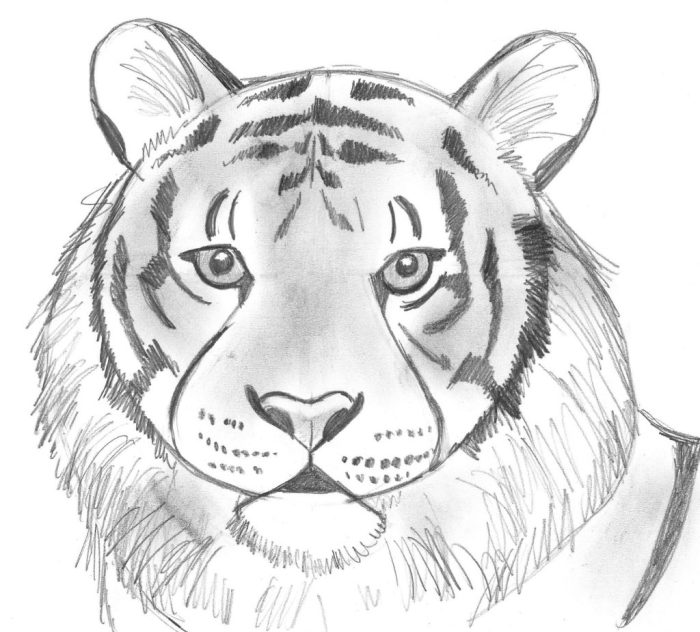
Drawing realistic pets can be a rewarding experience, allowing you to capture the unique personalities and beauty of your furry friends. From the soft fur of a cat to the sleek coat of a dog, mastering the art of rendering realistic pet textures is key to creating truly lifelike portraits.
Rendering Realistic Fur Textures
Rendering realistic fur textures involves understanding the direction of hair growth, the varying lengths of fur, and the interplay of light and shadow.
- Hatching and Cross-Hatching:This technique uses parallel lines to simulate fur. By varying the density and direction of the lines, you can create different fur textures. For example, denser hatching with more cross-hatching can represent thicker fur, while lighter hatching with less cross-hatching can represent thinner fur.
- Stippling:Stippling involves creating dots or small marks to represent fur. This technique can be used to create a more textured and fuzzy look, especially for shorter fur.
- Blending:Blending is a technique that can be used to create smooth transitions between different fur colors and shades. By using a blending tool, you can create soft, gradual changes in color, which can add depth and realism to your drawing.
- Using Different Drawing Tools:Different drawing tools can be used to achieve different fur textures. For example, a soft pencil can create a smooth, blended look, while a harder pencil can create sharper lines and more defined textures.
Capturing Animal Personalities
Capturing the personality of a pet is crucial for creating a truly engaging drawing. Subtle details and expressions can reveal a pet’s unique character.
- Eye Shape and Expression:The eyes are a window to an animal’s soul. Pay attention to the shape of the eyes, the size of the pupils, and the position of the eyelids. A wide-eyed expression can convey fear or surprise, while narrowed eyes can suggest anger or suspicion.
- Ear Position and Shape:The position and shape of the ears can also communicate personality. Perked ears can suggest alertness or interest, while drooping ears can indicate sadness or relaxation.
- Body Language:The way an animal holds its body can also reveal its mood. A relaxed posture can suggest contentment, while a tense posture can indicate anxiety or aggression.
- Facial Features:Subtle details like the position of the whiskers, the shape of the nose, and the curve of the mouth can add to the overall personality of your drawing.
Drawing Common Pet Breeds
Drawing common pet breeds involves understanding their distinctive features.
- Dogs:When drawing dogs, pay attention to the shape of the head, the length of the snout, the size and shape of the ears, and the tail. For example, a German Shepherd has a distinctive wedge-shaped head, while a Bulldog has a short, wide snout and a wrinkly face.
- Cats:Cats are known for their sleek, graceful bodies and expressive eyes. When drawing cats, focus on the shape of the head, the length of the whiskers, the size and shape of the ears, and the length and thickness of the tail.
For example, a Siamese cat has a distinctive pointed face, while a Persian cat has a long, flowing coat and a round face.
- Other Pets:Other common pets, such as rabbits, hamsters, and birds, also have distinctive features that should be considered when drawing them. For example, a rabbit has long ears and a fluffy tail, while a hamster has a round body and short legs.
Drawing Wild Animals
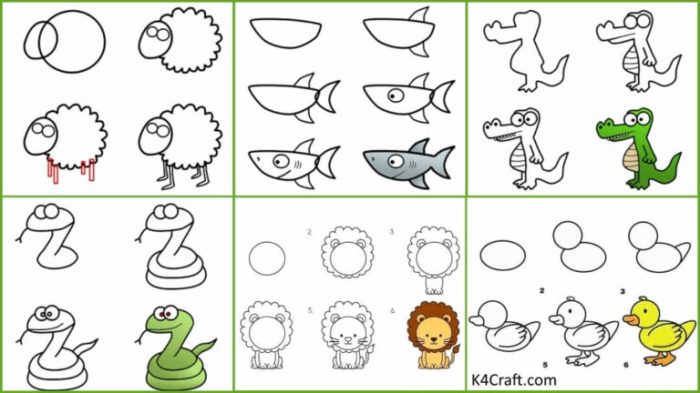
Wild animals are fascinating creatures with unique features and behaviors. Drawing them can be a challenging but rewarding experience. This section will guide you through the process of drawing various wild animals, focusing on their distinctive anatomy and capturing their energy in motion.
Drawing animals can be a super fun way to chill out and unleash your inner artist, but sometimes you just need a little something extra to get those creative juices flowing. That’s where “Exciting and Mindful Dot-To-Dot For Adults (Volume 2)” comes in, Exciting and Mindful Dot-To-Dot For Adults (Volume 2) Polish Your Creativity and Relieve Stress With Large Print Puzzle Book.
This book is like a super chill, stress-busting meditation session for your brain. Once you’re feeling relaxed and inspired, you can dive back into those animal drawings with a fresh perspective and maybe even try some new techniques!
Understanding Wild Animal Anatomy
Before you start drawing, it’s crucial to understand the basic anatomy of the animal you want to depict. Wild animals have diverse body structures, from the sleek grace of a cheetah to the powerful build of a bear. Pay attention to the proportions, muscle structure, and skeletal framework.
Observe how their bodies move and interact with their environment.
- Proportions:The proportions of an animal’s body are crucial for achieving a realistic drawing. For example, a lion’s head is relatively large compared to its body, while a deer’s head is smaller and more delicate.
- Muscle Structure:Understanding the muscle structure of an animal helps you create a dynamic and lifelike pose. Notice how muscles bulge and contract as the animal moves.
- Skeletal Framework:The skeletal framework provides the underlying structure of an animal’s body. Knowing the placement of bones helps you understand how the animal moves and poses.
Drawing Dynamic Poses
Dynamic poses capture the energy and movement of wild animals. To create dynamic poses, you need to understand the principles of balance and weight distribution.
- Balance:The animal’s weight should be distributed evenly so that it appears stable. If the animal is in motion, its weight should shift to create a sense of movement.
- Weight Distribution:The animal’s weight should be distributed according to its posture. For example, a bird in flight will have most of its weight on its wings, while a bear walking on all fours will have its weight distributed evenly across its limbs.
- Action Lines:Action lines are imaginary lines that indicate the direction of movement. They help you create a sense of flow and energy in your drawing.
Detailed Illustrations of Wild Animal Anatomy
Here are some detailed illustrations showcasing the anatomy of various wild animals:
- Lion:The lion’s muscular body, powerful legs, and large mane are defining characteristics.
- Tiger:The tiger’s striped coat, sharp claws, and powerful build make it a formidable predator.
- Elephant:The elephant’s massive size, trunk, and tusks are instantly recognizable.
- Giraffe:The giraffe’s long neck, spotted coat, and long legs are unique adaptations for reaching high leaves.
- Eagle:The eagle’s sharp talons, powerful wings, and keen eyesight make it a skilled hunter.
Book Review
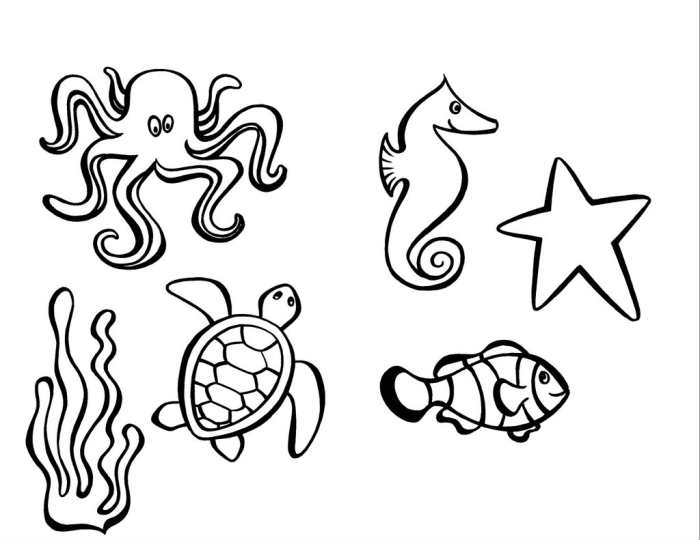
Let’s dive into the world of animal drawing with a popular book that’s been a favorite among aspiring artists. We’ll break down its strengths and weaknesses, compare its approach to other methods, and see if it’s a good fit for you, whether you’re a beginner or a seasoned artist.
Strengths and Weaknesses
The book excels in its clear and concise explanations of animal anatomy. It breaks down complex structures into manageable steps, making it easy for beginners to understand. The use of numerous illustrations and diagrams further enhances the learning process, providing visual aids that complement the written instructions.However, the book could benefit from more in-depth exploration of different animal species.
While it covers a wide range of creatures, the focus on specific details and variations within each species could be expanded. For instance, the book could delve deeper into the nuances of canine anatomy, showcasing the differences between breeds like a Labrador Retriever and a German Shepherd.
Comparison with Other Methods
This book’s approach to animal drawing is quite similar to other popular methods, such as the ” Loomis Method” and the “Andrew Loomis” technique. These methods emphasize understanding the underlying anatomy and structure of animals before focusing on surface details.
They also encourage the use of simplified shapes and geometric forms as a foundation for building more complex forms.However, this book differentiates itself by incorporating a more accessible and user-friendly approach, catering to a wider audience. It avoids overly technical jargon and complex anatomical terminology, making it more approachable for beginners.
Usefulness for Beginners and Experienced Artists
The book’s strengths lie in its ability to provide a solid foundation for beginners. Its clear instructions, detailed illustrations, and step-by-step approach make it an excellent starting point for anyone interested in learning animal drawing. Experienced artists might find the book’s content to be somewhat basic, but it can still serve as a valuable resource for refreshing fundamental concepts and exploring new techniques.
The book’s focus on anatomical accuracy and its emphasis on understanding animal structure can benefit artists at all levels.
Epilogue
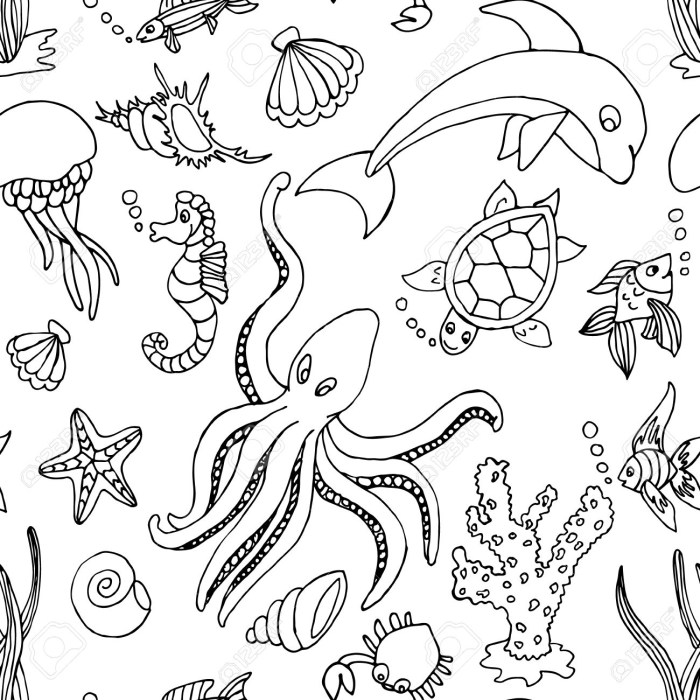
Drawing animals can be a truly rewarding experience, and with a little practice and guidance, anyone can master the art. So, what are you waiting for? Grab your drawing tools, choose your favorite animal, and let’s get creative! With this guide as your trusty sidekick, you’ll be drawing amazing animals in no time.
Go forth and unleash your inner artist!
FAQs
What are the best drawing tools for beginners?
For beginners, pencils, erasers, and drawing paper are all you need to get started. You can find great quality drawing pencils in a variety of grades (hardness and softness) at most art supply stores.
Do I need to be good at drawing people to draw animals?
Absolutely not! Drawing animals has its own unique set of challenges and rewards. The techniques you learn for drawing animals can be applied to other types of drawing, but they are different skills in themselves.
How do I choose the right reference photos for drawing animals?
Choose reference photos that are clear, well-lit, and show the animal in a pose that you want to draw. Try to find photos that capture the animal’s personality and unique features.

